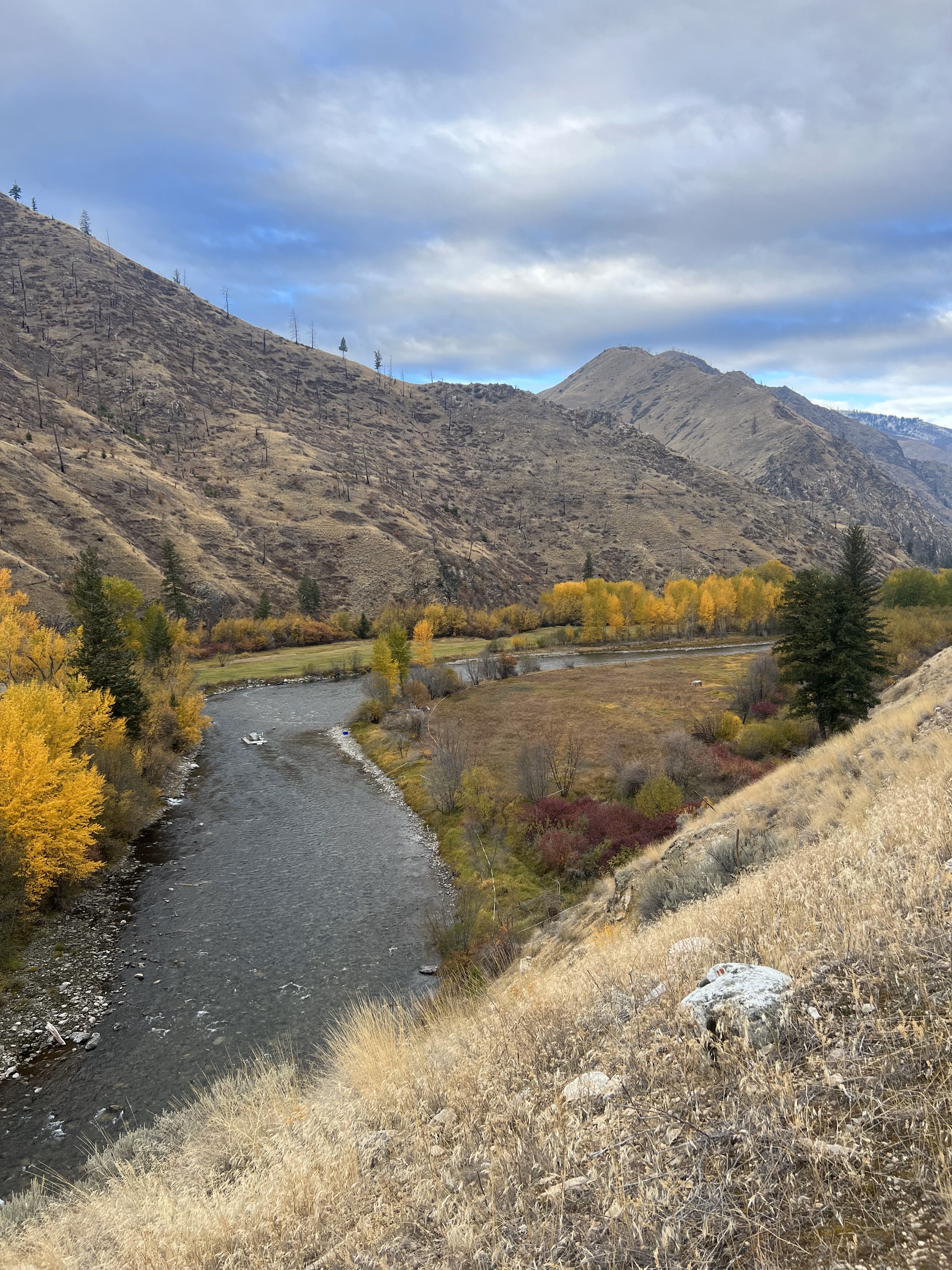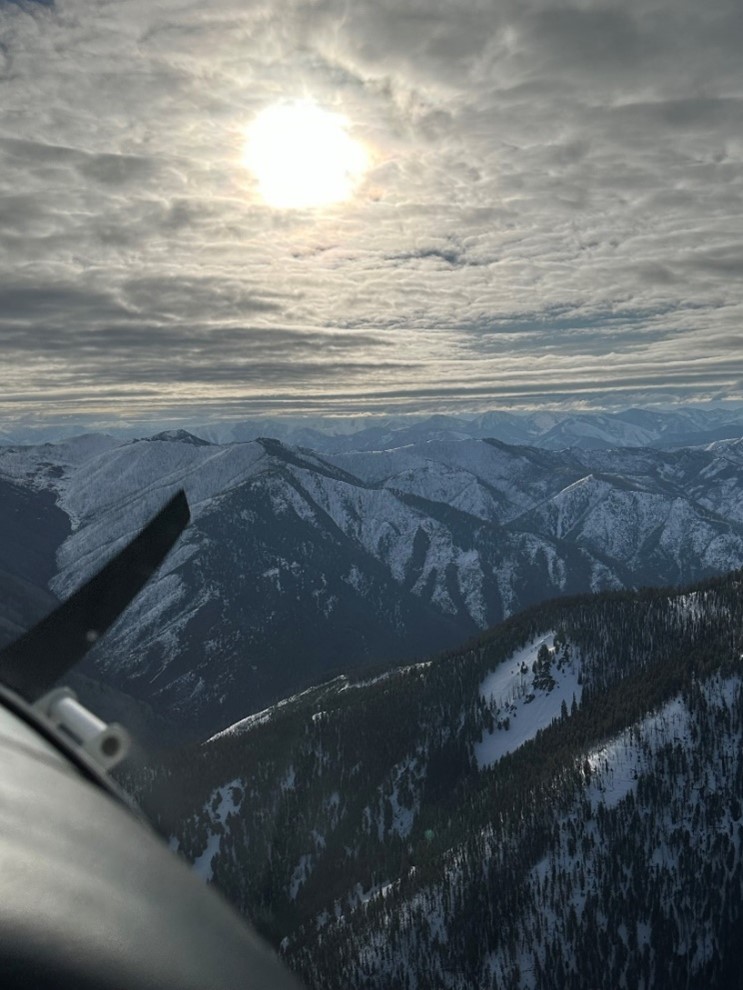As the leaves begin falling off the trees and we approach winter, Fish and Game's screw trapping season is winding down. If you’ve read this earlier article written by Lewiston Fisheries Biologist Nolan Smith, you know that rotary screw traps are in-stream mechanisms used to collect, sample, and release juvenile salmonids, particularly salmon and steelhead as they out-migrate to the ocean. Data we collect from screw traps are very important for monitoring wild salmon and steelhead populations throughout waterbodies in Idaho, and ultimately can help us report the health of those fisheries to anglers, cooperating scientists, and policy makers.

Monitoring wild salmon and steelhead in the wilderness


If you have traveled and fished throughout Idaho’s salmon and steelhead rivers and creeks you may have encountered one of these giant spinning cones that we call a screw trap. However, most folks have likely not encountered the most remote screw trap that Fish and Game operates, which is in Fish and Game's Southwest Region, on Big Creek. Big Creek is a tributary of the Middle Fork Salmon River, which runs through the heart of central Idaho and lies almost entirely within the largest contiguous wilderness in the lower 48 states: the Frank Church – River of No Return Wilderness. The Big Creek Screw Trap is operated out of a remote University of Idaho research station known as Taylor Ranch, and the only way to get there is by aircraft or hiking a very long distance.

The Middle Fork Salmon River is a unique river system in Idaho because it has no hatchery influence, which makes the salmon and steelhead populations truly wild. Furthermore, the Middle Fork and its tributaries currently serve as a sanctuary for wild salmon and steelhead as there has been no open season for either species since 1978. Big Creek plays a vital role in the Middle Fork Salmon River system by providing spawning and rearing habitat for wild salmon and steelhead, as well as for Bull Trout and Westslope Cutthroat Trout.
We have been monitoring wild salmonids using a rotary screw trap in Big Creek since 2007, and not only are wild salmon and steelhead sampled, but technicians also get to handle Bull Trout and Westslope Cutthroat Trout on a regular basis. Big Creek is a unique location to work because personnel stay there remotely up to two weeks at a time and due to the remoteness, if something breaks, they can’t just run to the hardware store for a fix. Personnel must be creative and use materials on-hand to ensure trapping continues. Staff that have worked this screw trap mention that it was a highlight of their season because of the opportunities to hike, fish, and see wildlife in wilderness solitude.
If you’re interested in learning more about Idaho’s wild salmon and steelhead, then check out our Wild Salmon and Steelhead page for more information. For more details about operating a rotary screw trap, read Tim Copeland's article describing a day at work on a screw trap.
If working with fish in a cool location off the beaten path interests you, then check out job announcements on the IDFG employment page.
